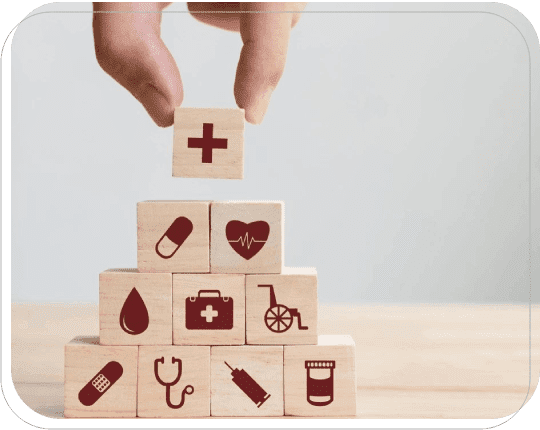
Pillar 1: Knowledge & Health Literacy
Pillar 1 of the seven pillars is theoretical knowledge and understanding of health, disease, and self-care. The World Health Organization (WHO) defines health literacy as representing “The cognitive and social skills which determine the motivation and ability of individuals to gain access to, understand, and use information in ways to promote and maintain good health”.
Health Literacy is Important Because…
People with strong health literacy skills enjoy better health and wellbeing, while those with weaker skills tend to engage in riskier behaviors and have poorer health. Good health literacy skills allow an individual to interpret the information they are given about health, to find and use their own sources of health information, and to understand when information is poor or misleading.
At its most basic, health literacy refers to the ability of a patient to understand information given to them by health care professionals. This information can be confusing and complex, and it is not always designed for a non-clinical audience. One of the most important aspects of health literacy is that it allows a patient to interpret information, whether written or verbal, and understand it.
Beyond this, improving an individual’s health literacy allows them to seek out information about any aspect of their health or lifestyle that they want to know more about. This may range from the simple, such as using a search engine to find information about a new diagnosis, to the complex, such as finding information to design specific exercise regimens or understand the genetic basis of a disorder.
Health literacy also enables people to understand the ‘network’ benefits of self-care. For example, regular tooth brushing and flossing will prevent periodontal (gum) disease but have also been shown to reduce some forms of heart disease. Exercise is not only good for fitness, but can also reduce the risk of Alzheimer’s disease.
Health literacy also helps individuals distinguish bad information from good. Modern societies perhaps inadvertently tend to promote unhealthy lifestyles, and often do so in ways that are more prominent or easier to access than information regarding healthier choices. An example would be the abundance of advertising for fast food during prime-time television, versus the more scant public health messages advertising good food choices. Improved health literacy helps people recognize this and interpret it appropriately.


Lack of Health Literacy is the Cause of…
Poorer health literacy has been shown to result in less healthy choices, riskier behavior, less self-management, poorer overall health, and more hospitalization. Lack of health literacy at a broader level significantly drains human and financial resources in the health system.
People are not able to realize their health potential unless they can control the factors that determine their health, and health literacy is one of the strongest predictors of this control. It is significant that “[health] literacy is a stronger predictor of an individual’s health than income, employment status, education level, and racial or ethnic group” (Weiss, 2007).
WHO Recommendations for Health Literacy…
The WHO Regional Office for Europe released a publication in 2013 entitled “Health Literacy” as part of the “Solid Facts” series, which states: “Ideally, a health literate individual is able to seek and assess the health information required: to understand and carry out instructions for self-care, including administering complex daily medical regimens; to plan and achieve the lifestyle adjustments required for improving their health; to make informed positive health-decisions; to know how and when to access health care when necessary; and to share health-promoting activities with others and address health issues in the community and society”.
A more detailed list of the recommended components of an individual’s health literacy would include:


